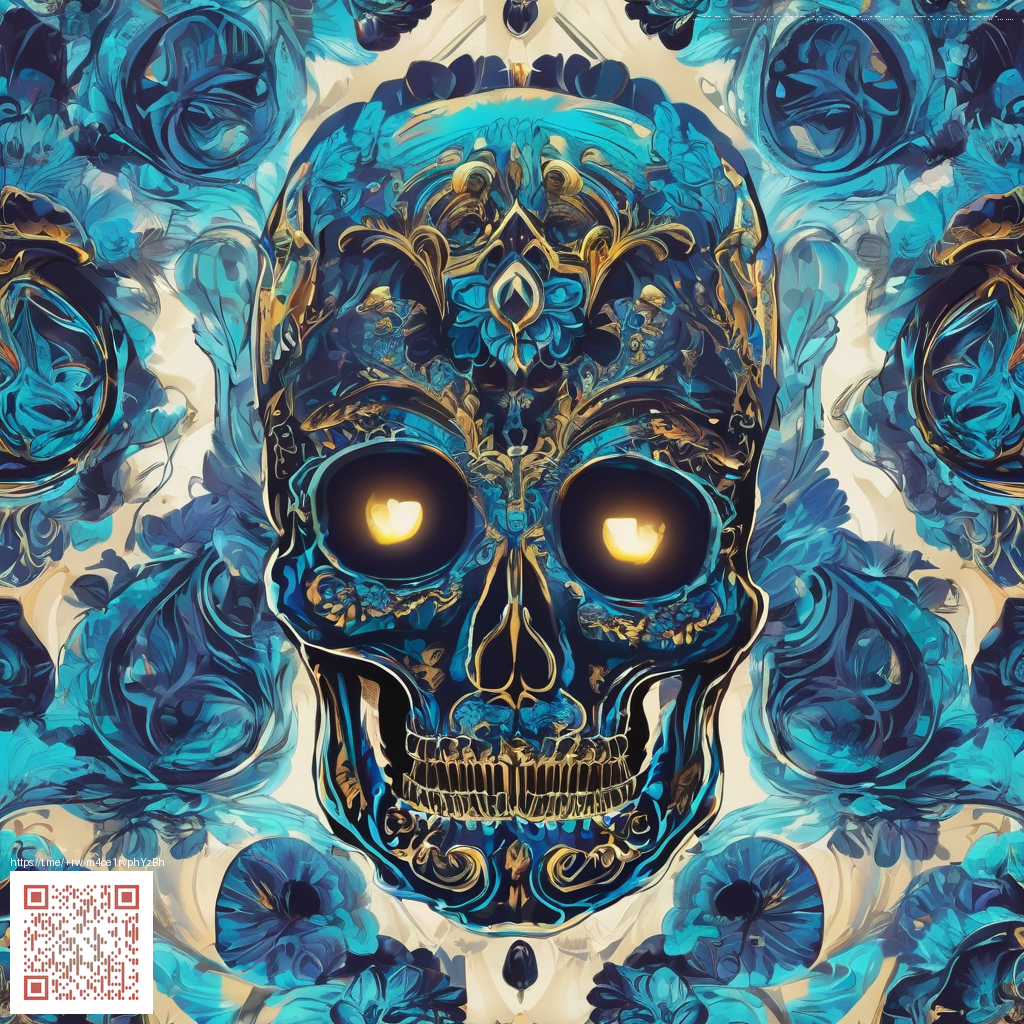
Adding depth and texture to digital scrapbooks
Digital scrapbooking shines when the page feels tactile and alive. Depth isn’t just about stacking elements; it’s about guiding the viewer’s eye through a scene with light, texture, and subtle perspective. When you combine thoughtful layering with authentic textures and careful shading, your layouts move from flat to immersive—almost like you can reach out and touch the paper grain or fabric pattern behind your photos.
Layering for dimensionality
Start with a strong base image or background and then introduce secondary layers that sit slightly in the foreground or recede into the distance. Use varying opacity to blend elements without overcrowding the canvas. A well-curated set of soft shadows behind photos and embellishments creates the illusion of elevation, while slight gravitational offsets—slightly tilting a photo or skewing a tag—can mimic real-world depth cues. Remember, intentional gaps between layers can be more effective than dense overlaps, giving each piece room to “breathe.”
Textures and brushes
Texture is the secret sauce that makes digital pages feel tangible. Incorporate texture overlays that mimic paper, canvas, fabric, or weathered wood. Pair these with light, subtle noise or grain to add character without overpowering your imagery. Digital brushes—think soft circles, speckle patterns, or delicate lace motifs—can dress edges and corners with natural variation. When choosing textures, aim for a cohesive mood: a vintage scrapbook might lean into parchment and vellum textures, while a modern collage could benefit from smooth, tactile faux-leather or linen grains.
Lighting, shadows and perspective
Light behaves in distinct ways on screen. Use directional lighting to create shadows that imply layers. A gentle drop shadow behind a photo will lift it off the page, but vary the angle and blur to avoid a flat, uniform look. For more drama, consider a faux light falloff from a corner or a spotlight effect on a focal element. Subtle perspective shifts—tilting a photo slightly, skewing a ticket stub, or angling a frame—adds a sense of space and narrative flow. The goal is to guide the viewer’s gaze, not distract it with artificial stiffness.
Color and contrast
Depth is closely tied to color relationships. Use a restrained palette with a few accent hues to push certain elements forward while keeping the rest subdued in the background. Contrast matters: brighter focal items will pop when surrounded by slightly desaturated textures. If you’re working with photographic images, consider a gentle color grade that harmonizes textures and patterns rather than fighting them. A consistent light source across elements helps the page feel cohesive, which in turn amplifies the impression of depth.
Workspace matters: a quiet anchor for creative process
Beyond the digital tricks, your physical workspace can influence how confidently you layer, mask, and blend textures. A stable, comfortable surface supports precision and reduces frustration during long editing sessions. For instance, a dependable desk setup—such as a Neon Desk Neoprene Mouse Pad 4mm Non-Slip—can provide the grip and comfort you need during meticulous design work. Its non-slip surface helps keep your cursor exactly where you intend, helping you execute delicate transitions and fine-tune shadows with less jostling. If you’d like to explore this option, you can learn more about it here: Neon Desk Neoprene Mouse Pad — 4mm Non-Slip.
Curating depth also means drawing inspiration from real-world setups and galleries. A quick browse of curated mood boards or a peek at themed collections can spark ideas for textures, layer order, and color harmony. For a broader sense of how others craft depth in mixed-media projects, you can explore a sample gallery that emphasizes mood, texture, and layered storytelling: this inspiration page.